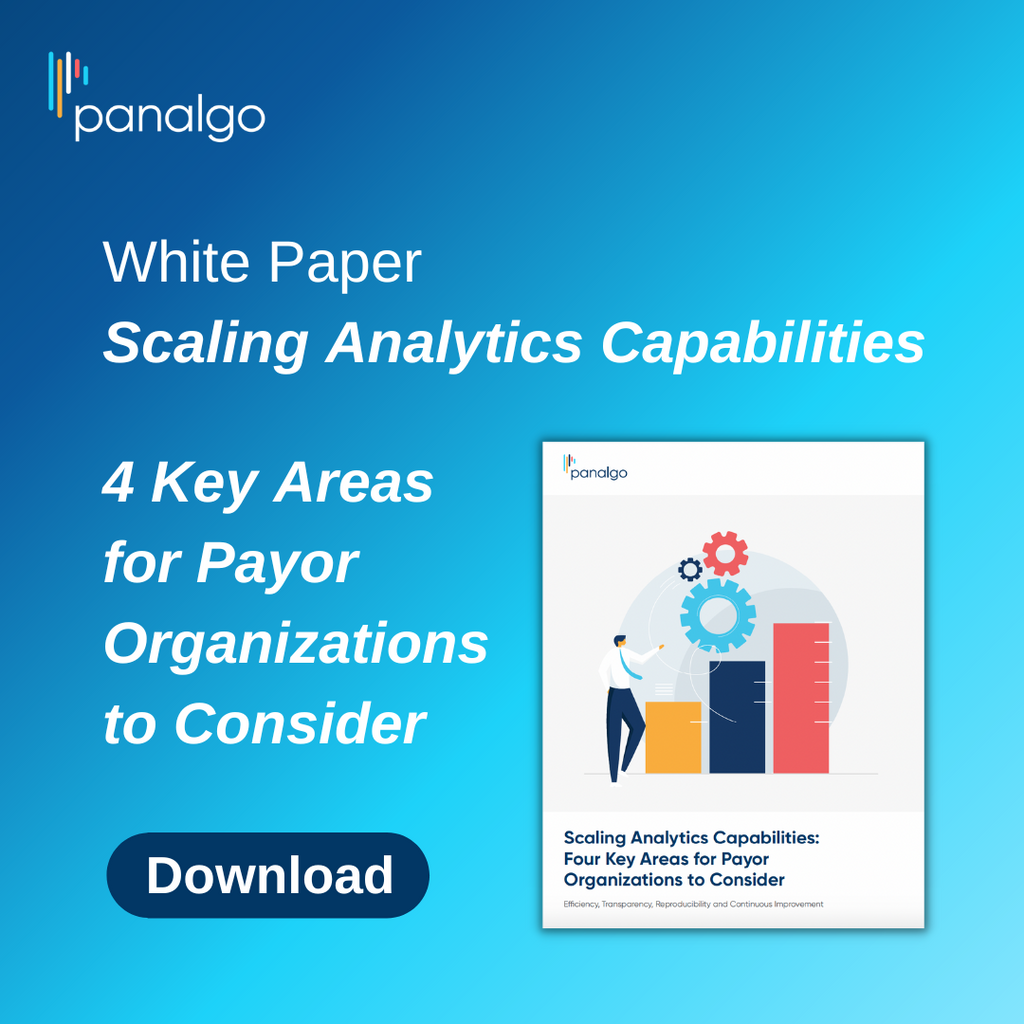Radar on Medicare Advantage
-
New PA Constraints May Not Satisfy Lawmakers’ Appetite for Industry Change
Over the next few years, Medicare Advantage organizations face a host of new requirements around the use of prior authorization (PA), including recently finalized policies that take effect next year. While some of the changes promulgated by CMS aim to curtail the use of PA, they’re not likely to satisfy lawmakers who are keeping a close watch on the MA industry, especially as the program serves more and more seniors.
For one, the proposed 2022 Interoperability and Patient Access Rule, which was first issued in 2020 and later updated to include MA organizations and new implementation timeframes, establishes various application programming interfaces (APIs) for the sharing of patient information. That rule also aims to automate certain PA functions with the implementation of a Fast Healthcare Interoperability Resources Prior Authorization Requirements, Documentation, and Decision API.

-
Proposed Rule Targets PBMs’ Medicaid Practices, Creates Pharma Pricing Audit
In a new regulation released on May 23, the Biden administration proposed increasing drug price transparency reporting by pharmacy benefit managers and pharmaceutical manufacturers supplying Medicaid — and requiring Medicaid managed care organizations to remove pharmacy benefit administration costs from medical loss ratio (MLR) reporting. Experts say the proposed rule is a marginal but meaningful step forward in prescription drug cost containment, but they add that the proposed rule won’t do as much as bills under serious discussion in Congress to rein in controversial PBM business practices such as spread pricing.
The proposed rule, which CMS says in a fact sheet “implement[s] new statutory authorities included in the Medicaid Services Investment and Accountability Act of 2019,” is meant to improve the Medicaid Drug Rebate Program by “proposing new policies that would assure greater consistency and accuracy of drug information reporting, strengthened data collection, and efficient operation of the MDRP.” Per the fact sheet, notable elements of the regulation include:

-
News Briefs: NYC Retirees Sue to Block Transition to Aetna-Administered Plan
Shortly after the city of New York inked a deal with CVS Health Corp.-owned Aetna to administer a PPO plan to some 250,000 retirees and their eligible dependents, a group of former city employees are suing to block Mayor Eric Adams (D) from transitioning their retiree health care coverage away from fee-for-service (FFS) Medicare. According to news reports, the class action lawsuit was filed in the state Supreme Court on May 31 by nine individual municipal retirees and the NYC Organization of Public Service Retirees, which sued to block the implementation of a previous contract with Elevance Health, Inc. (then-Anthem). The original transition was supposed to begin on April 1, 2022, but the city revised its plans after a state Supreme Court judge ruled that the proposal violated city law by requiring retirees who opted out of the switch to pay $191 per month to maintain their FFS coverage. That July, Elevance backed out of the deal. In the “final approved plans, retirees who opt out of the city’s coverage will have to pay for any supplemental coverage on their own,” reports Becker’s Payer Issues. The plaintiffs alleged that the option to switch to FFS with Medicare Supplemental Insurance is cost prohibitive and that the new coverage offering constitutes nothing more than a “bait and switch,” according to Crain’s New York Business. The $15 billion pact with Aetna is expected to save the city $600 million a year.

-
Reporting 1Q Earnings, Select ‘Insurtechs’ See Brighter Days Ahead With MA Focus
Still intent on standing apart from established Medicare Advantage competitors with their use of technology, Medicare-focused “insurtechs” Alignment Healthcare, Inc. and Clover Health Investments Corp. recently reported first-quarter 2023 earnings that showed shrinking losses and increasing insurance revenue. While both insurers are focused on retaining and/or growing their MA membership, fellow startup Bright Health Group, Inc. will soon shed its MA business — its last insurance asset — to continue growing its noninsurance segment focused on value-based care (VBC) delivery.
Declaring a “strong start to the year,” Alignment Healthcare, Inc. on May 4 posted first-quarter revenue of $439.2 million, reflecting year-over-year growth of 27.1%. That was aided largely by a nearly 21% jump in health plan premium revenue to $399.7 million as MA membership climbed 16% to 109,700 lives, the company reported.

-
Reporter’s Notebook: National MA Summit Speakers Debate Imminent Risk Model Changes
Whether Medicare Advantage insurers like it or not, a host of changes are coming their way that will impact risk adjusted revenue starting in 2024 and could have downstream effects on beneficiaries and providers. The forthcoming overhaul of the CMS-Hierarchical Condition Categories (HCC) risk adjustment model, which will be phased in over three years starting in 2024, was arguably the hottest topic over four days of sessions at last month’s Fourth National Medical Advantage Summit, where industry experts’ views on the model ranged from supportive to reproving.
MA plans next year can expect to receive, on average, a 3.32% increase in risk adjusted revenue, driven in part by an underlying coding trend of 4.44%, CMS estimated in a fact sheet on the final 2024 MA and Part D rate notice. With that notice, CMS finalized plans to remove thousands of diagnosis codes mapped to HCCs for payment, transition to the use of ICD-10 codes and update the underlying fee-for-service (FFS) Medicare data years. CMS has explained that the new model is intended to reflect the cost of care more accurately by using the more commonly used ICD-10 system and addressing discretionary coding (i.e., upcoding) that leads to wasteful spending.












